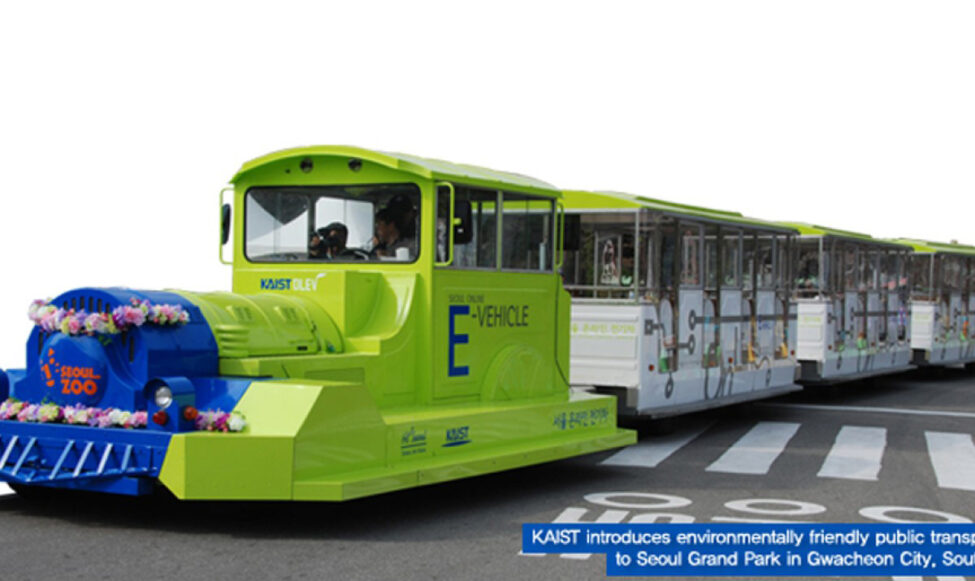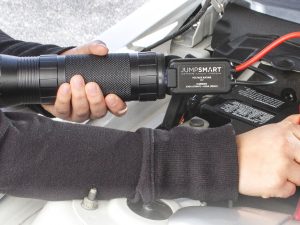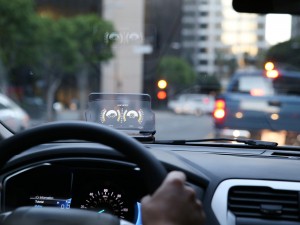South Korea has combined their serious technological skills with environmentalism. While magnetic levitation trains are nothing new, the on-line electric vehicle (OLEV), is the first of its kind.

The OLEV is an answer to the problem of recharging electric vehicles. While the technology is currently in testing phase at the Seoul amusement park, widespread application is not far off. The city government of Seoul and KAIST signed a Memorandum of Understating (MOU) on the development of the online electric vehicle. With increasing concern about the environment, both organizations agreed to introduce eco-friendly vehicles to the city’s public transportation system, beginning with a bus route in Seoul [Source: KAIST].The OLEV system receives it’s power from non-contact magnetic transmissions from recharging strips in the road.
The vehicles receive “micro-charges” each time they pass over these strips. These micro-charges are extremely efficient, only only 20% of the total bus route would need to contain recharging strips, and only at places like bus stops, parking lots, and intersections [Source: KAIST]. This allows for smaller battery size and better range. Not only that, the no contact power transmission reduces hazards associated with electric vehicles, such as electric shock.
While the OLEV will help to reduce emissions from the public transportation vehicles, the energy they are receiving is still from fossil fuels. Korea is the fifth largest importer of oil in the world with oil supplying 50% of its energy demands and coal supplying 24% [Source: US Energy Information Administration]. Using electric vehicles might help in the short term, but without a real source of renewable energy to power the energy grid, these small changes will not make much of an impact since the vehicles will still be running off of oil.
Although there are still many improvements necessary in South Korea, the OLEV offers a newer and easier method of charging electrical cars. The batteries in the vehicle are five times smaller than for conventional electric vehicles [Source: Engadget]. As the technology improves, it seems likely that this could become accessible to civilian transportation as well.






